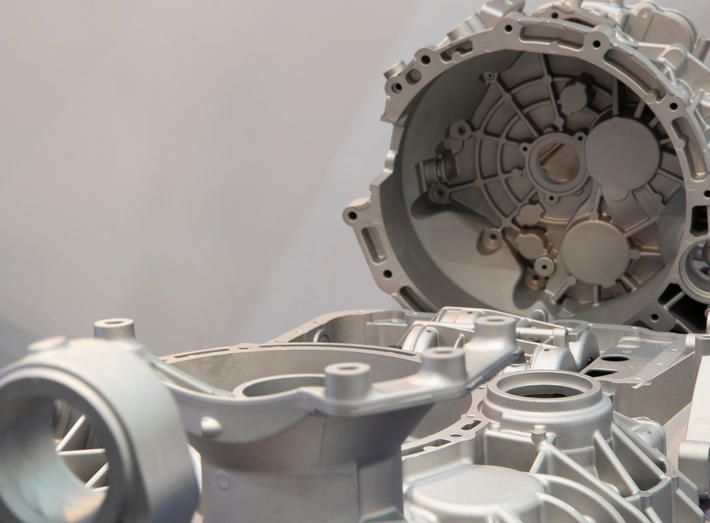
The ecological transition of foundries: Made Green in Italy
Foundries can no longer defer adopting an environmental accounting system. Assofond has developed tools to facilitate the path and ecological transition of foundries.
The European Union sees in the transition to a low-carbon and resource-efficient economy the potential to trigger a new “industrial revolution” and to unleash unprecedented capabilities in terms of innovation, employment and global competitiveness. It is the only way to prevent Europe from becoming a marginal economy compared to the United States, China and India in the next thirty years. The technological advantage that characterized the European countries and the USA in the 80s and 90s has now practically disappeared in favor of Asian countries but with the difference that they still have very low labor costs and considerable control over some sources of essential raw materials.
This mix of elements can be detrimental to the competitiveness of the Euro area and there can be the risk of a slow process of marginalization in the world market, unless we are first able to give an answer to the greatest challenge of our century: that of dictating guiding principles for tackling global warming.
Foundries and the ecological transition: the European taxonomy and sustainable finance
It is well known that the transition process requires a large amount of investment to be carried out and it is equally evident that not all investments are sustainable and can contribute to the ecological transition. There are some, such as those in renewable energies, which are central to this process, while others can represent a real "slowdown" of the process, such as all those in the "oil and coal" sectors.
Since each investment requires its own source of financing and in the case of those supporting the ecological transition there are also important sources of public financing, it was necessary to precisely define which investments should be defined as "sustainable" and therefore supported with public money or subsidized interest rates and which should instead be excluded from these subsidies or at least have a lower aid intensity.
After a long process of elaboration and discussion, the European Commission has launched the EU Regulation 852/2020 on eco-sustainable investments, where it has introduced two primary elements:
1. the taxonomy of investments that provide a "substantial contribution to the ecological transition": they are those that will have the greatest benefits, but also those for which more stringent checks on environmental impacts are required;
2. the rules that must be applied to investments that are not included in the taxonomy, to which the "Do Not Significant Harm" (DNSH) principle must be applied, i.e. the idea that an investment must not "cause significant damage to the environment" throughout its life cycle.
The perspective from which the taxonomy is configured is that of transparency in communication with investors. Think of a stock market investor who wants to know whether the activities in which he invests are "green" or not, in order to direct his portfolio choices: his need is to have clear indications on which investments may have the sustainability requirement to decide whether to invest in them or not. This does not mean that any other investment that is normal or even contrary to the ecological transition cannot be financed, but only that they could be excluded from portfolios by choice of the investors themselves, as they do not want to put their money on these assets.
The impact of taxonomy on the foundry industry for the ecological transition
How can this new regulation affect foundries? Most of the foundries are SMEs and are not subject to institutional investments nor do they resort to the issuance of bonds to finance themselves, for which the rules of "green bonds" could be applied, which are closely related to the taxonomy on sustainable finance. However, there are two elements that directly affect foundries:
1. among the "institutional" investors there is also the State: it follows that, from 2022 onwards, any tender that offers loans to companies, including those of the PNRR, must be subject to the rules of the taxonomy or at least respect the DNSH principle;
2. the banks are themselves investors and, every time they grant companies a credit line or a loan for an investment, they want taxonomy and the DNSH principle to be respected more and more.
While compliance with the DNSH principle and other taxonomy rules has become a mandatory requirement for public tenders since spring 2022, banks are only at the beginning of this process and will apply the taxonomy rules gradually over the next few years. But it is a process that will become increasingly stringent until it becomes mandatory. It follows that progressively the foundries will have to demonstrate more and more their sustainability through measurable tools.
What does it mean to comply with the DNSH principle from an operational point of view?
We can try and explain it with a simple example. Assume that a foundry replaces an old induction furnace with a newer one and that for this operation the company participates in a public tender which finances 20% of the investment (for example "development contracts") or asks for other subsidies . In this case it must demonstrate that it has complied with the DNSH principle, i.e. that the new oven does not cause greater environmental impacts than the previous one. If, again to continue with the example, the new furnace is more efficient, i.e. it uses 10% less energy to produce the same castings, then the DNSH principle is very likely to be respected. But how do you prove that it has been respected? By measuring the environmental impacts of a smelting jet before and after the new plant and demonstrating that the new plant has less impact.
Source: In Fonderia – ll magazine dell’industria fusoria italiana


